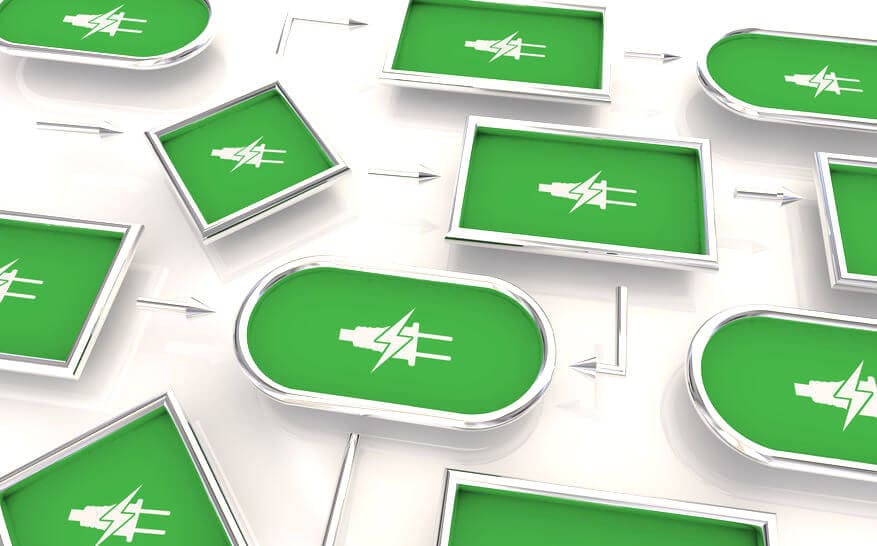We asked Canada's thought leaders to weigh in with ideas for how the government should spend stimulus money as part of a Green Recovery. To read the entire report series, head to Planning for Green Recovery.
Canada can decarbonize its power grid by 2025, electrify home heat and personal vehicles, and drastically reduce greenhouse gas emissions – but only with energy efficiency at the centre of the strategy. Today, Canada’s largely clean grid supplies less than 25% of Canada’s energy. The rest comes mostly from natural gas and oil, to heat and power buildings and vehicles. That’s why efficiency is the key to electrification.
Electric vehicles (EVs) are four to five times more efficient than today’s vehicle fleet and cost less to own and operate than their combustion counterparts. Average heat loss from existing buildings is 75% higher than from buildings that have been retrofitted using best practices, while heat pumps are three to five times more efficient than the baseboard heaters and gas furnaces they replace. The cost of greening Canada’s housing stock can be kept to $100 billion or less, perhaps much less, by doing so on a mass scale while modernizing an industry that’s ripe for disruption.
By way of context, Canadian investment in residential buildings runs more than $100 billion annually, in addition to more than $30 billion in household heating fuel and electricity expenditures.
If we drive demand down at the root – cutting costs and creating green-building and EV-manufacturing jobs along the way – provinces that now depend on coal and gas plants can instead import clean electricity from hydro-rich provinces nearby. Enabling that shift with new transmission lines – in addition to 40 gigawatts of new wind capacity – will cost roughly $85 billion. In the interim, it’s the efficiency investments that will keep the grid carbon-free.
Ralph Torrie is an expert in the field of energy and environment and the president of Torrie Smith Associates





